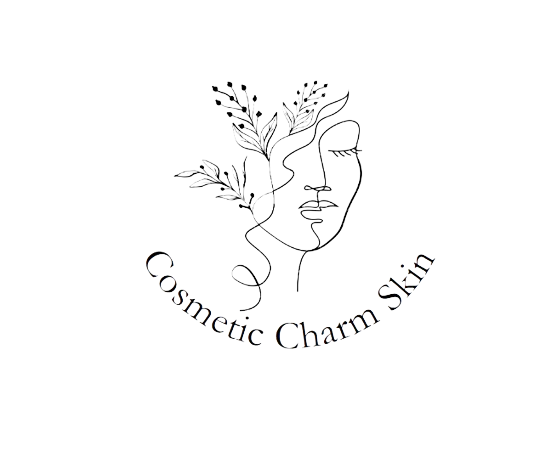Medical imaging plays a pivotal role in modern healthcare, allowing healthcare professionals to visualize internal structures of the body for diagnostic and treatment purposes. With a myriad of medical imaging techniques available, understanding their benefits and limitations is crucial for accurate diagnosis and effective patient management.
Understanding Medical Imaging Techniques:
Medical imaging encompasses various technologies and modalities aimed at capturing images of the human body’s internal structures. These techniques utilize different principles such as X-rays, magnetic fields, sound waves, or radioactive tracers to generate images. Each modality offers unique advantages and limitations, making it essential to choose the most appropriate imaging technique for each clinical scenario.
Benefits of Medical Imaging Techniques:
X-ray imaging remains one of the most commonly used modalities in medical imaging due to its accessibility and cost-effectiveness. X-rays are particularly useful for detecting bone fractures and identifying abnormalities within the body. Magnetic Resonance Imaging (MRI) is renowned for its high-resolution images without the use of ionizing radiation, making it ideal for soft tissue examination. CT scans provide detailed images of internal structures, facilitating the detection of tumors and assessment of injuries. Ultrasound imaging is safe and non-invasive, commonly utilized in obstetrics and cardiology. PET scans offer functional information, particularly valuable in oncology and neurology.
Limitations of Medical Imaging Techniques:
Despite their numerous benefits, medical imaging techniques have their limitations. X-ray imaging, for instance, lacks soft tissue contrast and poses potential radiation risks, especially with repeated exposure. MRI scans often require lengthy scan times and may be contraindicated for patients with certain medical implants. CT scans expose patients to radiation and carry a risk of allergic reactions to contrast agents. Ultrasound imaging is operator-dependent and may have limited penetration in obese patients. PET scans, while providing functional information, have limited spatial resolution and can be relatively costly.
Choosing the Right Imaging Technique:
Selecting the appropriate medical imaging technique involves careful consideration of several factors, including the clinical indication, patient characteristics, and imaging objectives. Consultation with radiologists and other healthcare professionals is essential to ensure the chosen modality aligns with the specific diagnostic needs and patient safety considerations. By selecting the right imaging technique, healthcare providers can enhance diagnostic accuracy and improve patient outcomes.
Future Directions in Medical Imaging:
The field of medical imaging continues to evolve with advancements in technology and innovative research. Emerging trends include the development of new imaging modalities such as molecular imaging and the integration of artificial intelligence for image analysis. There is a growing focus on personalized medicine, aiming to tailor imaging techniques to individual patient needs for more precise diagnosis and treatment. These advancements hold promise for further improving the efficacy and efficiency of medical imaging in healthcare delivery.
Takeaway
Medical imaging techniques play a vital role in modern medicine, enabling healthcare professionals to visualize and diagnose a wide range of medical conditions. Understanding the benefits and limitations of different imaging modalities is essential for informed decision-making and optimal patient care. As technology continues to advance, the future of medical imaging looks promising, with potential for even greater precision and personalized approaches to diagnosis and treatment.











